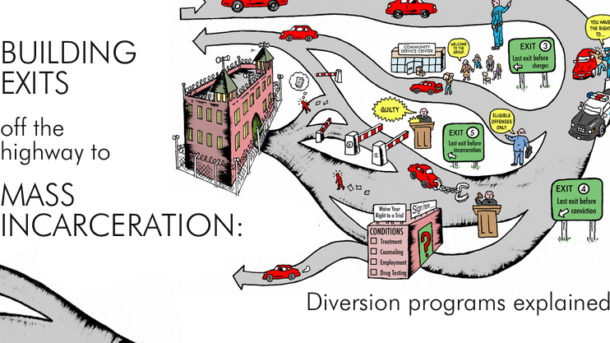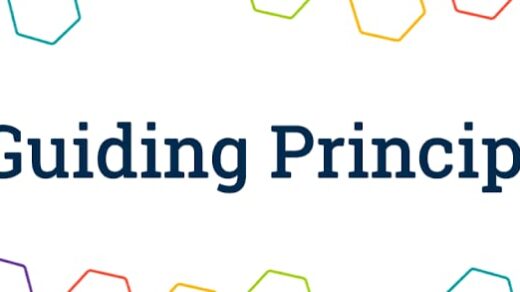Diversion, as a concept, has quietly existed in Kenya for many years, with police and prosecutors informally applying it to resolve cases at various stages. However, it is only recently that the formalization of diversion has gained traction, with efforts to implement structured programs and policies.
This article explores the historical roots of diversion in Kenya, the challenges faced in its early stages, and the gradual transition towards a more accepted and structured approach to justice.
Informal Diversion Practices
For years, the Kenyan legal landscape has witnessed the application of diversion on an informal basis. Both police and prosecutors have utilized diversionary methods to resolve cases, particularly at police stations.
Additionally, the National Cohesion and Integration Commission has played a role in implementing diversion through conciliation agreements in prosecutions related to hate speech, showcasing the diverse applications of diversionary practices.
Early Attempts: Challenges and Barriers
In 2001, a diversion program specifically designed for children in conflict with the law was piloted in Kenya. However, despite its potential benefits, this initiative faced resourcing and structural barriers, preventing its full-scale implementation.
As a result, the program was initially confined to specific areas, operating in Karatina and Othaya in Central Kenya.
Current Landscape: Diversion Programs for Children
Despite the challenges faced in the early stages, there has been a positive shift in recent years. Diversion programs for children now operate in Karatina and Othaya, signaling a commitment to expanding the reach and impact of diversionary practices in the Kenyan context.
These programs not only aim to address the immediate legal concerns but also focus on rehabilitation and reintegration into the community.
Changing Public Perceptions
A significant hurdle in the widespread acceptance of diversion in Kenya is the prevailing public expectation that only courts can deliver justice and that punishment is the sole suitable outcome for criminal offenses.
However, international experiences demonstrate that once communities understand the value of rehabilitating offenders through positive steps such as making amends, attending constructive courses, and offering service to the community, diversion becomes an accepted practice.
The Path Forward
While the Diversion Policy may face initial skepticism, its implementation holds the potential to revolutionize the justice system in Kenya. By building on the informal practices that have existed for years and learning from early attempts and challenges, Kenya is on a trajectory towards a more inclusive, rehabilitative, and community-oriented approach to justice.
The evolution of diversion in Kenya represents a step towards aligning the legal system with international best practices and fostering a more holistic and effective response to criminal behavior.




